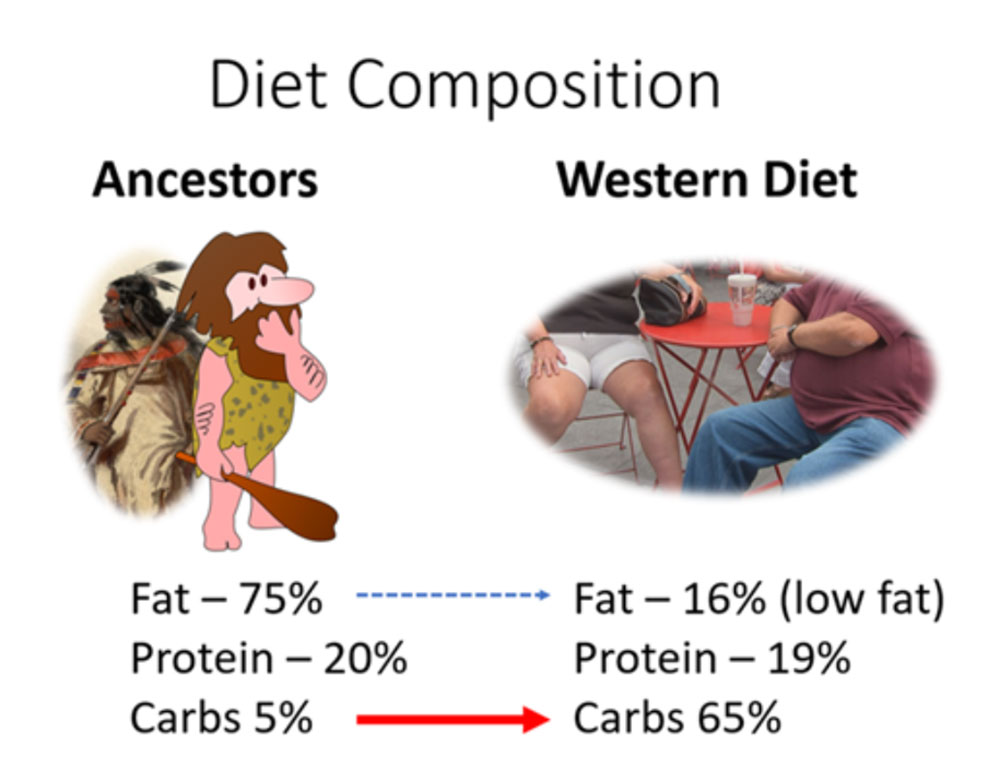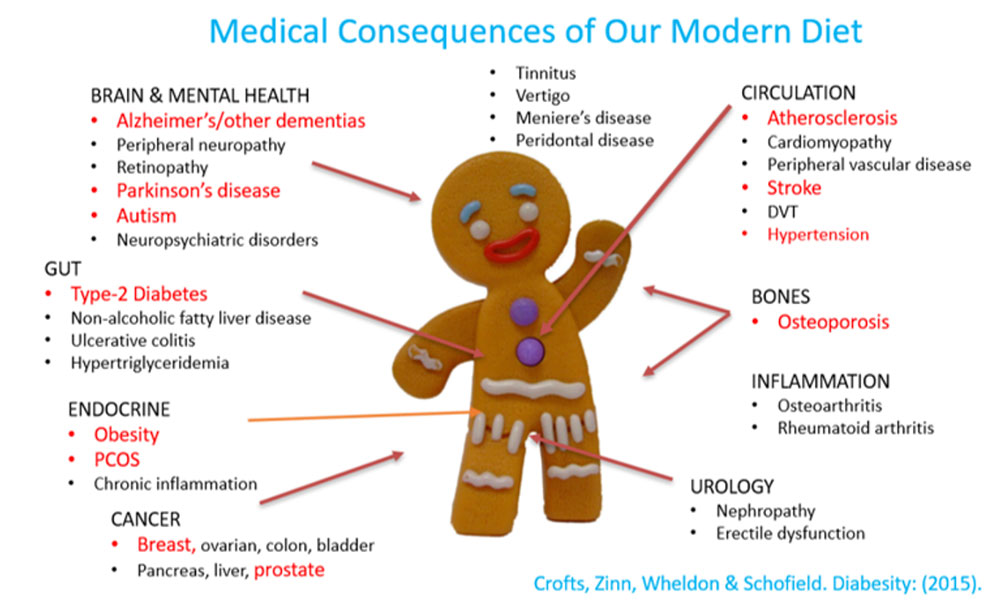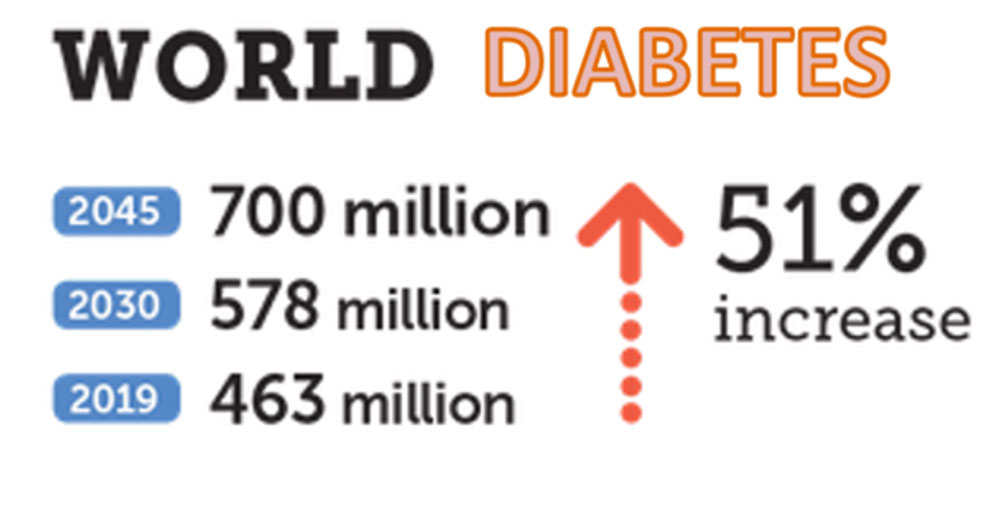Modern Diet and Lifestyle Diseases

Written by Dr Estrelita van Rensburg
Introduction - modern diet and lifestyle diseases
On a yearly basis, roughly 10 million people die from cancer, almost 20 million die from heart disease, 50 million globally suffer from Alzheimer’s disease and 500 million people have diabetes. You may wonder how our modern diet is linked to lifestyle diseases and secondly, why is it happening now?
Politicians approve our modern diet
In 1977 the US Senate Select Committee on Nutrition and Human Needs led by Senator George McGovern, recommended what the ideal modern diet should be. The Committee was made up of lawyers and journalists (spearheaded by Nick Mottern, a vegetarian). As a result of this, their recommendations were not based on verifiable scientific data. They advised the public to reduce fat to 30% of calories with saturated fat capped at 10%; and to increase carbohydrates (sugar and starch) to 55 – 60 % of calories.
These recommendations were adopted in spite of scientific opposition at the time. For some inexplicable reason the US Senate concluded 'We cannot afford to wait the ultimate proof before correcting the trends we believe to be detrimental.'

Modern dietary guidelines implemented in the US and UK
The Dietary Guidelines for Americans were first published in 1980 and, shortly afterwards in 1983, the Eatwell Guide was adopted in the UK. It is important to note that the proportional amounts of the three macronutrients (fat, protein and carbohydrates) in this diet are as follows:
- Protein 19%
- Fat (low) 16%
- Carbs 65%

Source: Public Health England in association with the Welsh Government, Food Standards Scotland and the Food Standards Agency in Northern Ireland
Comparison of ancestral and modern diets
These modern dietary guidelines, implemented in the Western world in the 1970s and 1980s, were a dramatic departure from the traditional diet composition which our ancestors followed. The amounts of two macronutrients (fat and carbohydrates) were changed from what our ancestors ate for several million years.
For example, the amount of fats recommended was slashed considerably. The reason for this was the unproven belief at the time that fat and cholesterol contribute to heart disease. Moreover, any fat allowed should be of the low-fat variety. Additionally, the amount of carbohydrates was greatly increased.

Obesity and diabetes epidemics follow the implementation of modern diet
In the decades since the implementation of dietary guidelines, the world has seen an explosion of lifestyle diseases – obesity, diabetes and dementia. In spite of this, the nutritional guidance imposed by governments and medical/nutritional institutions has not changed!

Alzheimer's Dementia Epidemic
In 2018, an estimated 50 million people lived with Alzheimer's dementia. That is 5.2% of people over the age of 60 years. Moreover, it is predicted that by the year 2050, 150 million people will be affected by dementia.

Health impact of modern dietary guidelines
These statistics show how our modern diet has led to an absolute explosion in chronic lifestyle diseases. We have lost our historical perspective about food traditions. Is this the reason why our nutrition policies have gone so far astray? As adults, the lives of our ancestors were free of the chronic diseases of obesity, diabetes and dementia.
However, another explanation is that it is in the interest of the food and drink industries to sell their processed food products. They gear their marketing campaigns to make people believe that their products are healthy.
In conclusion, it may surprise many to see how many other chronic diseases are linked to our modern diet.

For more information and help on how to change your diet, click on the link below.


